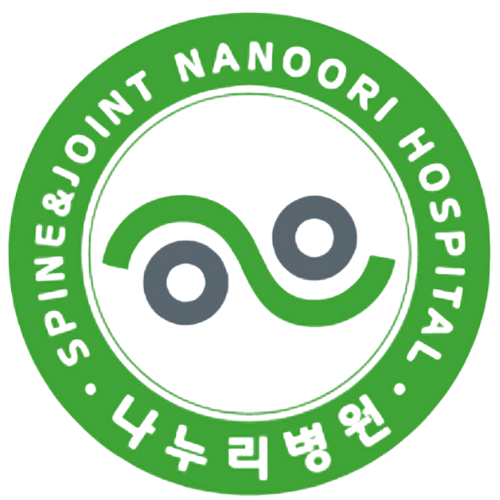Carpal Tunnel Syndrome Treatment at Gangnam NANOORI Hospital
What is Carpal Tunnel Syndrome?
Carpal Tunnel Syndrome (CTS) is a common condition caused by compression of the median nerve as it passes through the carpal tunnel in the wrist. This nerve compression can lead to pain, numbness, and weakness in the hand and fingers, particularly affecting the thumb, index, and middle fingers. If left untreated, CTS can worsen over time, potentially causing permanent nerve damage.
Common Symptoms of Carpal Tunnel Syndrome
- Tingling or numbness in the thumb, index, middle, and ring fingers
- Pain or discomfort in the wrist and forearm
- Weakness in the hand, leading to difficulty gripping objects
- Symptoms that worsen at night or after repetitive hand movements
Causes and Risk Factors
Several factors can contribute to the development of carpal tunnel syndrome, including:
- Repetitive hand movements (e.g., typing, using a mouse, or assembly line work)
- Underlying medical conditions such as diabetes, hypothyroidism, or rheumatoid arthritis
- Wrist injuries or fractures
- Genetic predisposition (narrower carpal tunnel structure)
Carpal Tunnel Syndrome Treatment at Gangnam NANOORI Hospital
At Gangnam NANOORI Hospital, we offer comprehensive and minimally invasive treatments for carpal tunnel syndrome, tailored to each patient's condition.
1. Non-Surgical Treatment Options:
- Wrist splinting: To keep the wrist in a neutral position and reduce nerve compression
- Physical therapy: Strengthening and stretching exercises to alleviate symptoms
- Medication: Anti-inflammatory drugs or corticosteroid injections to reduce swelling
- Lifestyle modifications: Ergonomic adjustments and activity changes to minimize strain
2. Minimally Invasive Carpal Tunnel Release Surgery:
If conservative treatments do not provide relief, we offer advanced surgical options:
- Endoscopic Carpal Tunnel Release (ECTR): A minimally invasive technique using a small camera and micro-instruments, resulting in faster recovery and less scarring
- Open Carpal Tunnel Release: A traditional but highly effective method for severe cases, relieving pressure by cutting the transverse carpal ligament
Why Choose Gangnam NANOORI Hospital?
✅ Expert Orthopedic & Neurosurgery Team – Highly experienced specialists in hand and nerve conditions
✅ Minimally Invasive Procedures – Faster recovery and minimal post-surgical discomfort
✅ Advanced Diagnostic Technology – Accurate and early detection for precise treatment planning
✅ Personalized Rehabilitation Programs – Comprehensive post-treatment care for long-term relief
Hand Conditions
What is carpal tunnel syndrome?
Nerve compression in the wrist
Frequent use of the wrist can cause tendons to swell or become inflamed, compressing the carpal tunnel, where nerves, blood vessels, and ligaments pass through the wrist.
This results in pain, tingling and numbness in the fingers, and in severe cases, difficulty moving the hand.


List of Services

Repetitive wrist use causes strain on the joints
- 1.Frequent wrist use such as housework, smartphone use, and driving
- 2.Swelling due to rheumatoid arthritis

Pain goes away with rest, but overall wrist pain occurs
- 1.Tingling in the thumb and part of the second, third, and fourth fingers.
- 2.No tingling in the little finger.
- 3.Pain occurs in the wrist.
- 4.Tingling in fingers and loss of sensation when picking things up.
- 5.Pain occurs in the wrist when the arm is raised.
- 6.A stabbing pain occurs when you hold both wrists together in a T-shape.

